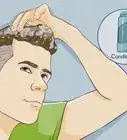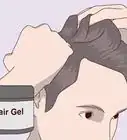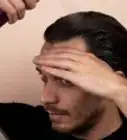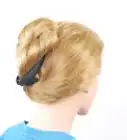This article was co-authored by Karen Leight. Karen Leight is a Professional Hair Stylist and the Owner of Karen Renee Hair, a private salon suite inside the Salon Republic Hollywood in Los Angeles, California. With over 12 years of experience, Karen is a licensed cosmetologist specializing in hair color, balayage technique, and women’s and men’s precision haircuts.
There are 22 references cited in this article, which can be found at the bottom of the page.
This article has been viewed 16,537 times.
Protective hairstyles are a great way to give your relaxed hair a break from the elements and encourage growth. If you're looking for the best one, you're in luck, as they are actually multiple styles that can work well (and look super cute). This article has a breakdown of some of the best protective hairstyles and how to achieve them at home. Though nearly all of them can be easily styled by yourself, it might be best to consult a stylist before a few of them if you're new to braiding, hairstyling, or have questions about the process.
Steps
Expert Q&A
-
QuestionWhat should I do if my braids hurt?
 Shun PittmanShun Pittman is a Master Cosmetologist, Author, Owner, and Founder of Corps d’Elite Salon and Corps d’Elite Beauty. With over 25 years of international experience, she is dedicated to and specializes in providing luxury salon services to all hair types and textures and every skin tone and shade. Her services include hair conditioning treatments, cutting, coloring, styling, extensions, and makeup application. Shun has experience working with, coaching, training, and mentoring beauty professionals from multiple companies including L'Oréal, Wella, Matrix, Paul Mitchell, Redken, Big Sexy Hair, and Toni & Guy. She is also a host for national and local media outlets and her work has been featured in The Washingtonian, The Cheddar Network, and WJLA Good Morning Washington's Beauty and Fashion Police segments. Shun is the author of “50 Things Your Hairdresser Wants YOU to Know (and a few things we don’t...)".
Shun PittmanShun Pittman is a Master Cosmetologist, Author, Owner, and Founder of Corps d’Elite Salon and Corps d’Elite Beauty. With over 25 years of international experience, she is dedicated to and specializes in providing luxury salon services to all hair types and textures and every skin tone and shade. Her services include hair conditioning treatments, cutting, coloring, styling, extensions, and makeup application. Shun has experience working with, coaching, training, and mentoring beauty professionals from multiple companies including L'Oréal, Wella, Matrix, Paul Mitchell, Redken, Big Sexy Hair, and Toni & Guy. She is also a host for national and local media outlets and her work has been featured in The Washingtonian, The Cheddar Network, and WJLA Good Morning Washington's Beauty and Fashion Police segments. Shun is the author of “50 Things Your Hairdresser Wants YOU to Know (and a few things we don’t...)".
Master Cosmetologist, Global Salon Educator & Author Braids should never hurt. This is actually a myth, your braids should be painless. If your hair is hurting you, go back to whoever put the braids in and let them know you're in pain. They should be able to fix them so they don't hurt anymore.
Braids should never hurt. This is actually a myth, your braids should be painless. If your hair is hurting you, go back to whoever put the braids in and let them know you're in pain. They should be able to fix them so they don't hurt anymore. -
QuestionHow can I keep my hair healthy while I'm styling it?
 Shun PittmanShun Pittman is a Master Cosmetologist, Author, Owner, and Founder of Corps d’Elite Salon and Corps d’Elite Beauty. With over 25 years of international experience, she is dedicated to and specializes in providing luxury salon services to all hair types and textures and every skin tone and shade. Her services include hair conditioning treatments, cutting, coloring, styling, extensions, and makeup application. Shun has experience working with, coaching, training, and mentoring beauty professionals from multiple companies including L'Oréal, Wella, Matrix, Paul Mitchell, Redken, Big Sexy Hair, and Toni & Guy. She is also a host for national and local media outlets and her work has been featured in The Washingtonian, The Cheddar Network, and WJLA Good Morning Washington's Beauty and Fashion Police segments. Shun is the author of “50 Things Your Hairdresser Wants YOU to Know (and a few things we don’t...)".
Shun PittmanShun Pittman is a Master Cosmetologist, Author, Owner, and Founder of Corps d’Elite Salon and Corps d’Elite Beauty. With over 25 years of international experience, she is dedicated to and specializes in providing luxury salon services to all hair types and textures and every skin tone and shade. Her services include hair conditioning treatments, cutting, coloring, styling, extensions, and makeup application. Shun has experience working with, coaching, training, and mentoring beauty professionals from multiple companies including L'Oréal, Wella, Matrix, Paul Mitchell, Redken, Big Sexy Hair, and Toni & Guy. She is also a host for national and local media outlets and her work has been featured in The Washingtonian, The Cheddar Network, and WJLA Good Morning Washington's Beauty and Fashion Police segments. Shun is the author of “50 Things Your Hairdresser Wants YOU to Know (and a few things we don’t...)".
Master Cosmetologist, Global Salon Educator & Author Minimize the amount of friction your hair is exposed to and always use a heat protectant if you're going to use any thermal products or tools.
Minimize the amount of friction your hair is exposed to and always use a heat protectant if you're going to use any thermal products or tools.
References
- ↑ https://youtu.be/iJavH0sYlr4?t=34
- ↑ https://youtu.be/iJavH0sYlr4?t=81
- ↑ https://youtu.be/iJavH0sYlr4?t=129
- ↑ https://youtu.be/LYtEMuvrtbk?t=193
- ↑ https://youtu.be/LYtEMuvrtbk?t=345
- ↑ https://youtu.be/_Efo053eWkk?t=113
- ↑ https://youtu.be/_Efo053eWkk?t=175
- ↑ https://youtu.be/Eg4qHM7roCU?t=20
- ↑ https://www.glamour.com/gallery/box-braid-hairstyle-ideas
- ↑ https://youtu.be/fqavmnnZHi4?t=159
- ↑ https://www.ebony.com/everything-you-need-know-about-cornrows/
- ↑ https://www.getthegloss.com/article/not-fair-literally-everything-you-need-to-know-about-hair-weaves
- ↑ https://youtu.be/QAAbRNxsAE0?t=517
- ↑ https://youtu.be/QAAbRNxsAE0?t=522
- ↑ https://youtu.be/QAAbRNxsAE0?t=613
- ↑ https://youtu.be/QAAbRNxsAE0?t=471
- ↑ https://youtu.be/QAAbRNxsAE0?t=783
- ↑ https://youtu.be/QAAbRNxsAE0?t=988
- ↑ https://www.glamour.com/gallery/box-braid-hairstyle-ideas
- ↑ https://www.glamour.com/gallery/box-braid-hairstyle-ideas
- ↑ https://www.cosmopolitan.com/style-beauty/beauty/a32055459/faux-locs-what-to-know/
- ↑ https://youtu.be/tEVjfFJTAZM?t=31
- ↑ https://www.self.com/gallery/protective-styling-advice
- ↑ https://www.glamour.com/gallery/box-braid-hairstyle-ideas
- ↑ https://www.glamour.com/gallery/cute-protective-styles






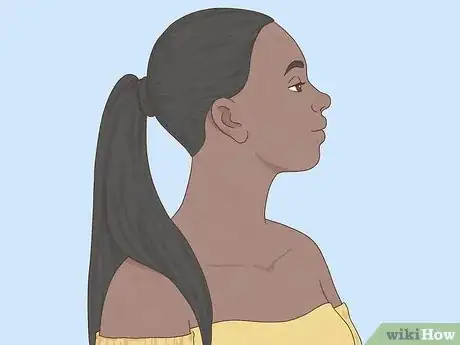


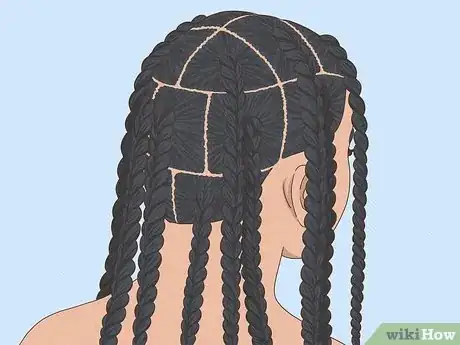


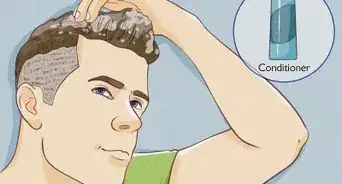
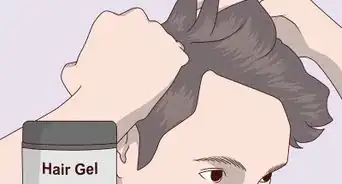
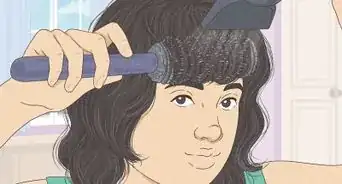
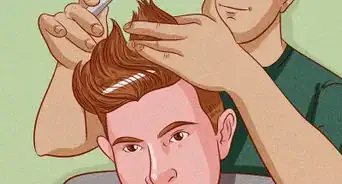
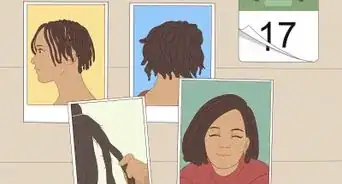
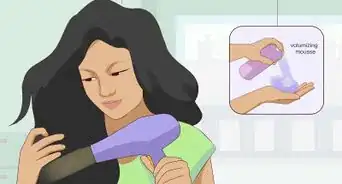

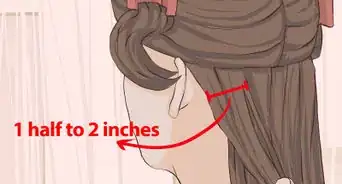
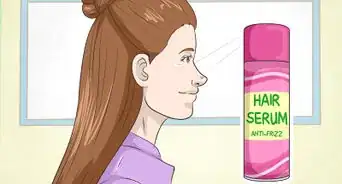
-Step-15.webp)







